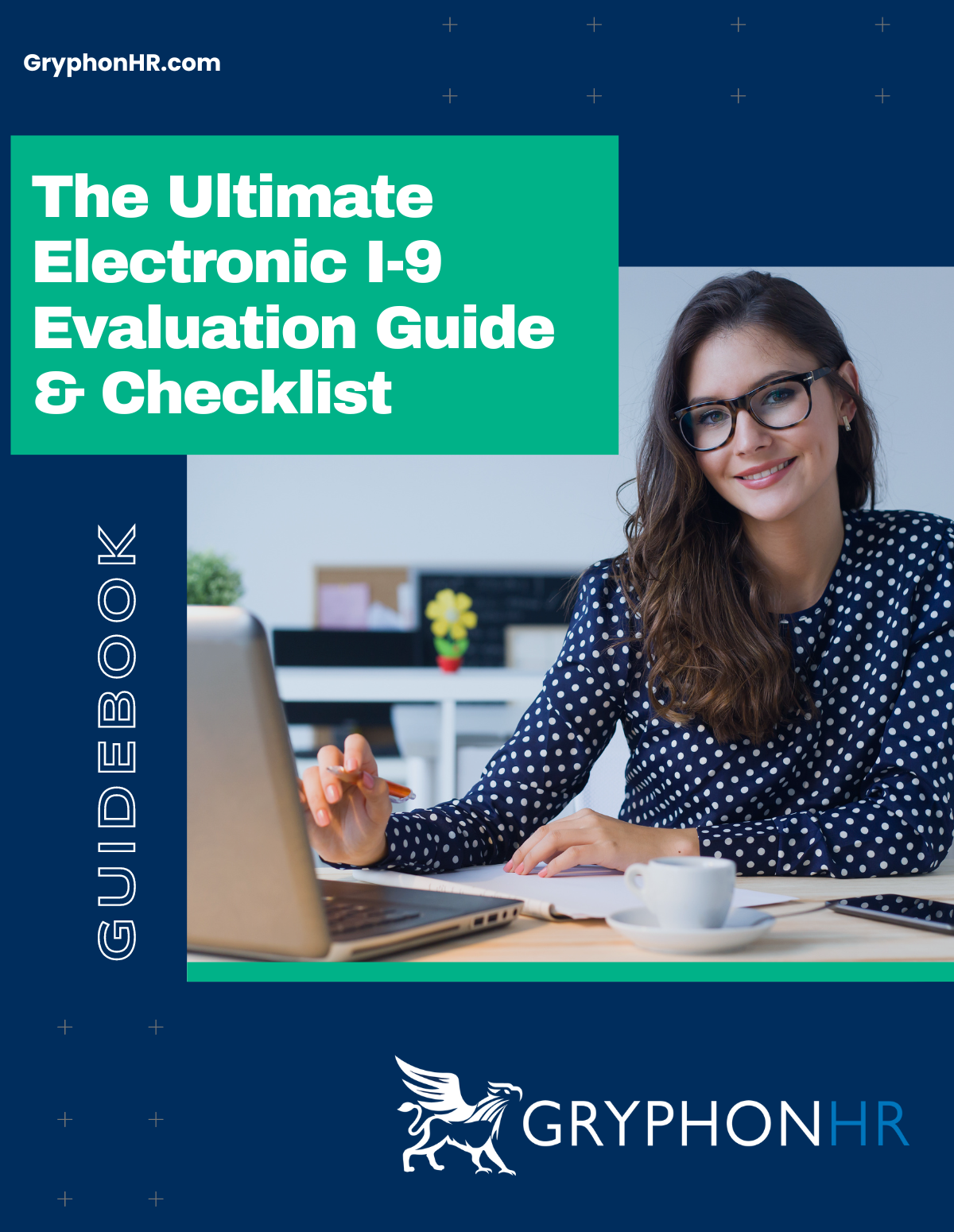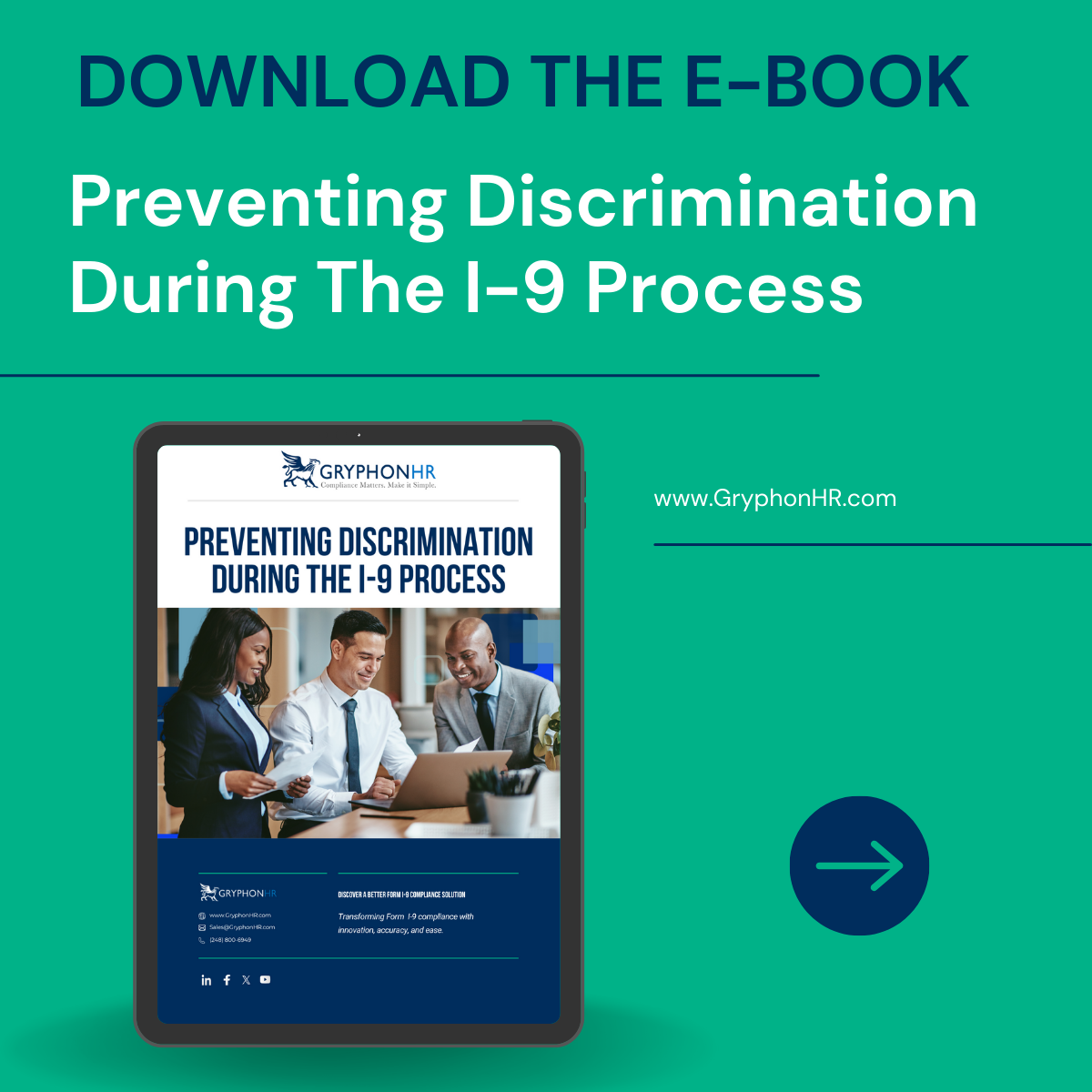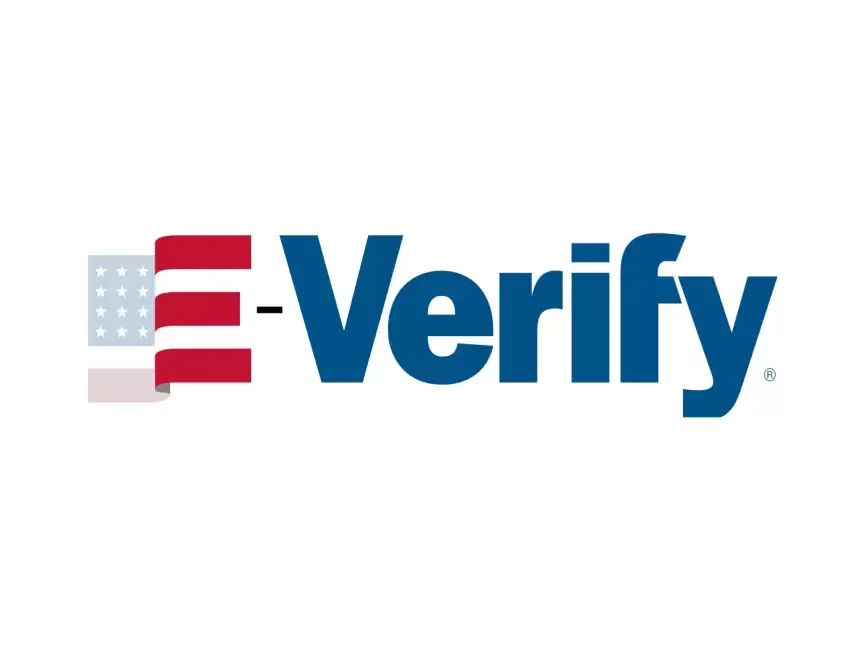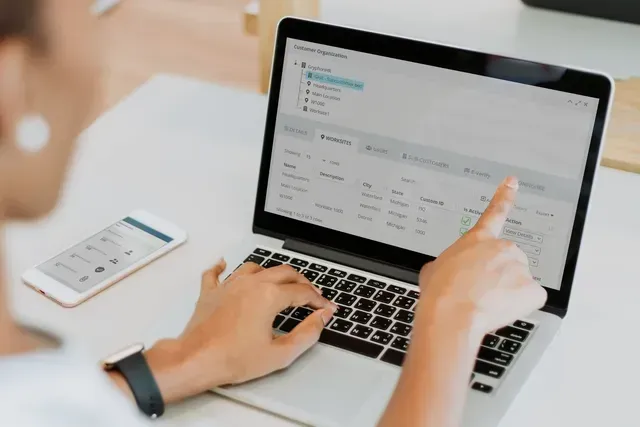Authored By: GryphonHR Blog Contributor
GryphonHR blog contributors include , consultants, researchers, and other subject-matter experts who’ve written content for our blog.
February 15, 2024
The Department of Justice and Immigration and Customs Enforcement recently collaborated to release a joint fact sheet aimed at guiding employers on how to steer clear of unlawful discrimination when utilizing electronic Form I-9 and E-Verify software. This comprehensive document underscores that the mere use of a Form I-9 software program does not automatically guarantee compliance with federal law. Instead, it emphasizes that employers hold the primary responsibility of ensuring that any software utilized for Form I-9 or E-Verify processes fully aligns with legal requirements.
Employers are strongly urged to conduct thorough assessments of the electronic I-9 solutions they employ and the manner in which they are utilized within their organizations. While certain electronic I-9 systems may offer features that assist in mitigating compliance risks more effectively, employers must understand that they remain ultimately accountable for adhering to the intricate regulations governing Form I-9 and E-Verify procedures. This includes steering clear of unfair document practices and discriminatory actions as outlined under the Immigration and Nationality Act (INA), especially during critical phases such as work authorization and identification verification. We've outlined considerations relating to these types of discriminatory practices in our recent ebook: Preventing Discrimination During the I-9 Process.
Furthermore, it is imperative for employers to diligently follow all applicable retention mandates for Forms I-9 and any accompanying documents to avoid potential legal pitfalls. U.S. Citizenship and Immigration Services (USCIS) also outlines guidance for electronic storage of Form I-9, including:
The fact sheet delineates several key points for employers to consider:
Utilizing Form I-9 Software Programs:
Utilizing Form I-9 Software for E-Verify Cases:
Training and Support for Form I-9 Software Users:
Guidelines for Employers Using Form I-9 Software:
Additional Resources:
Employers using deficient I-9 software or relying solely on paper forms may find themselves exposed to heightened risks of substantial fines and penalties. Even seemingly minor errors can lead to significant consequences for your organization. Therefore, ensuring that your I-9 solution aligns with the latest Form I-9 compliance regulations is of utmost importance.
As more organizations embrace electronic I-9 or I-9 software solutions, it becomes increasingly critical to scrutinize these systems for both compliance and efficiency. Not all I-9 systems are created equal, and some may not meet the specific requirements of your organization. To aid in this evaluation process download our interactive ultimate guide to assess electronic I-9 compliance software and vendors.

The Ultimate Electronic I-9 Evaluation Guide
GryphonHR stands as a dedicated provider of advanced Form I-9 and E-Verify compliance software, meticulously crafted to adhere to the latest compliance standards. The GryphonHR Form I-9 and E-Verify platform can help employers to improve compliance with employment eligibility regulations, simplifying complex processes along the way.
Contact our team of Form I-9 and E-Verify specialists to discover how GryphonHR can assist your organization in achieving compliance with greater ease and efficiency.

Authored By: GryphonHR Blog Contributor
GryphonHR blog contributors include , consultants, researchers, and other subject-matter experts who’ve written content for our blog.
Stay updated on Form I-9 and E-Verify!


Is your I-9 compliance software placing you at risk? Learn more about the compliance requirements for electronic I-9 systems and how to evaluate important features. Skip the form and download this interactive guide!

Avoiding discrimination during the Form I-9 process is critical to preventing liability, hefty fines, and unfair hiring practices. Download our free e-book to learn more.



MENU
STAY CONNECTED
Join our newsletter to learn more about Form I-9.